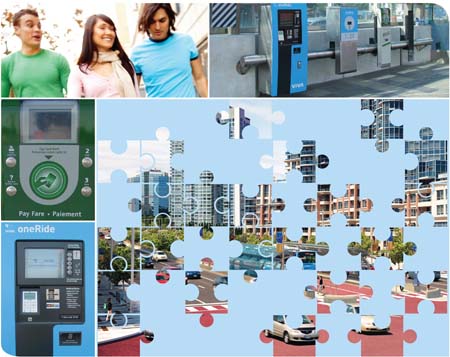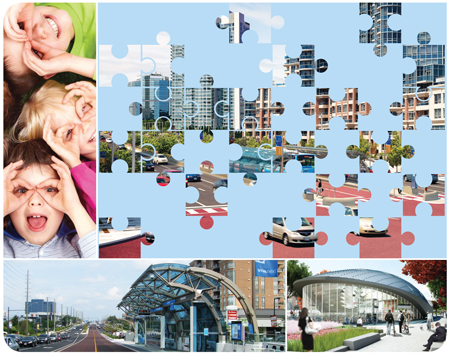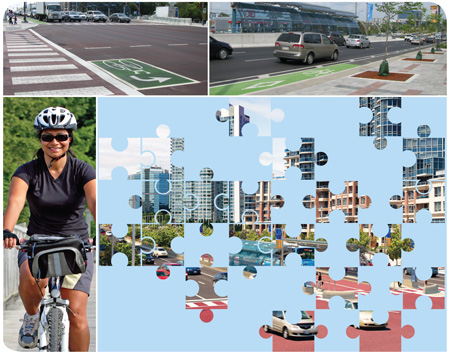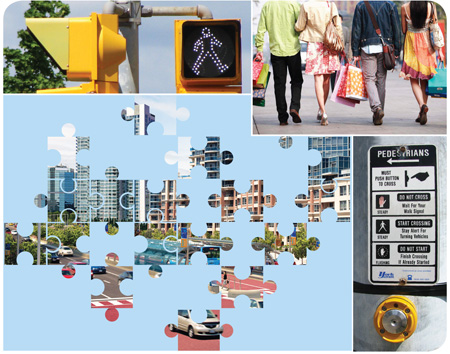When viva launched its Quickstart service in 2005, our new automated fare equipment used the latest technology. Customers loved the convenience of being able to purchase fares curbside, and drivers loved the way off-board ticket purchases speeded up service. Well we all know how technology is constantly being improved, and transit fare equipment is no exception. So as we designed the new rapidway stations, we worked with York Region and YRT to find ways to make our fare equipment even more efficient and user-friendly.
The first seven [7] new rapidway stations are now open on Highway 7 and here’s a virtual tour of the new and improved equipment that you’ll see and how it’s been updated.
The biggest changes are to the completely redesigned Ticket Vending Machine [TVM for short].
The existing equipment uses a touchscreen that works well but can be a bit hard to see when the sunlight is very bright, especially for people with impaired vision. The new TVM is more like a bank machine, with push buttons rather than a touch screen.
The new machines use a state-of-the-art operating system that makes them faster, with a better printer, and a chip reader to process credit cards and debit cards. Because our entire system is now connected to the internet through a new fibre optics communications network, credit card and bank transactions will be in real time for improved security. The new TVMs will also take coins for users who prefer to use cash (no change is provided though, so correct change is best). We’ve also improved the Ticket Validator (TV) for customers who use YRT tickets and passes.
And each station will have two Presto machines to help things move faster. Just tap and go.
We’re excited about these improvements to the fare equipment, which is all located together at the top of the ramp on the new platforms you can find on Highway 7. Remember to make sure you have a valid fare before you enter the Fare Paid Zone – and visit YRT\viva and presto for more information.










